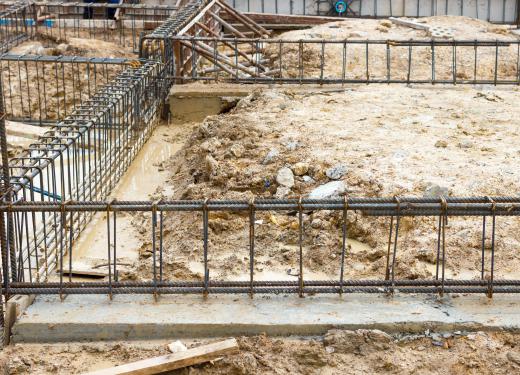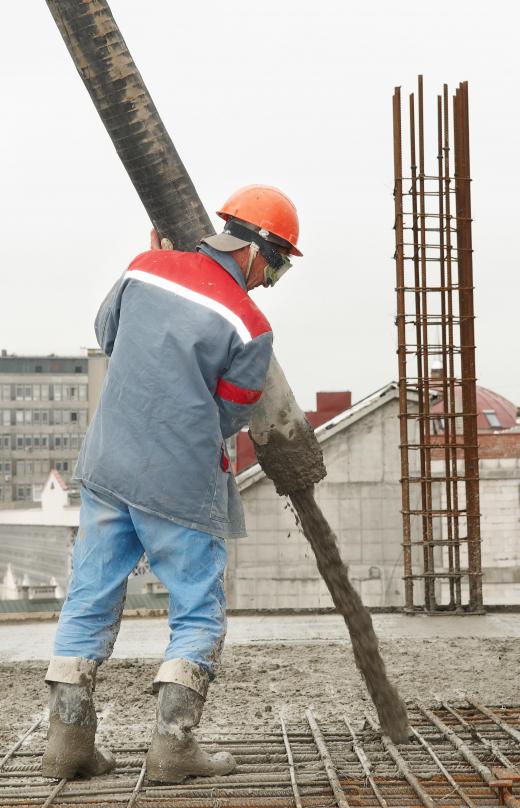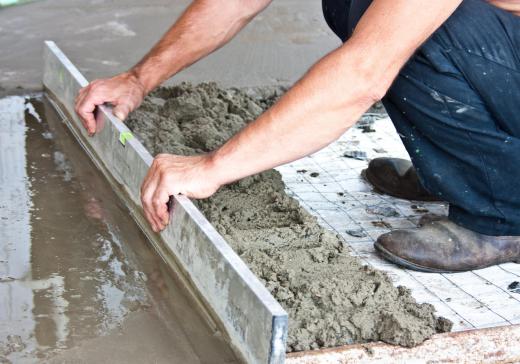Flatwork includes all concrete work located along a horizontal plane. This includes indoors projects like floors or concrete stairs, as well as outdoor elements like patios, sidewalks, and driveways. Concrete flatwork does not refer to vertical structures like walls or bridges. These two types of concrete work are generally divided in this manner because of the difference in skills and techniques required to successfully complete each type. While flatwork is relatively simple and requires basic tools, other concrete work is generally much more complex and may require substantial engineering and reinforcement.
To create concrete flatwork, contractors start by excavating the soil in the area where the concrete will be poured. Some projects may require a gravel or sand base for support, while others can be poured directly onto the soil. Wooden or composite forms are used to create a mold for the wet concrete. Rebar or wire mesh can be placed into the mold to help support and reinforce the structure, though this is not always required on basic flatwork. Finally, the concrete mixture is poured into the mold and allowed to harden, or cure, to a solid finish.

Concrete flatwork may also include repair or maintenance work to fix existing concrete surfaces. Over time, concrete walkways or floors can develop chips or cracks, which are not only unsightly, but also a threat to the integrity of the structure. For minor cracks, contractors inject the crack or void with special concrete caulk, or fill it with a simple patching compound. Major repairs may require that the concrete is broken out and replaced with new, reinforced flatwork. Damaged surfaces may also be coated with a thin top layer of concrete to refinish the surface.

Simple flatwork projects are often well-suited to do-it-yourself (DIY) homeowners. For example, a small concrete patio or walkway is an easy project for even novice installers, and requires only basic tools and supplies. Large-scale projects like sidewalks or driveways often require the skill and equipment that only an experienced contractor can provide.

Despite its name, concrete flatwork does not have to feature a boring, flat finish. Many modern applications are highly textured, with special patterns and colors used to give the concrete a pleasing look. For example, stamps or molds can be used to give concrete patios the look of traditional brick or stone. Even specialty trowel work can add swirls or other designs to a paved structure. To create a smooth and simple look, a wooden float or trowel is used to remove excess concrete and flatten out the surface as it dries.
